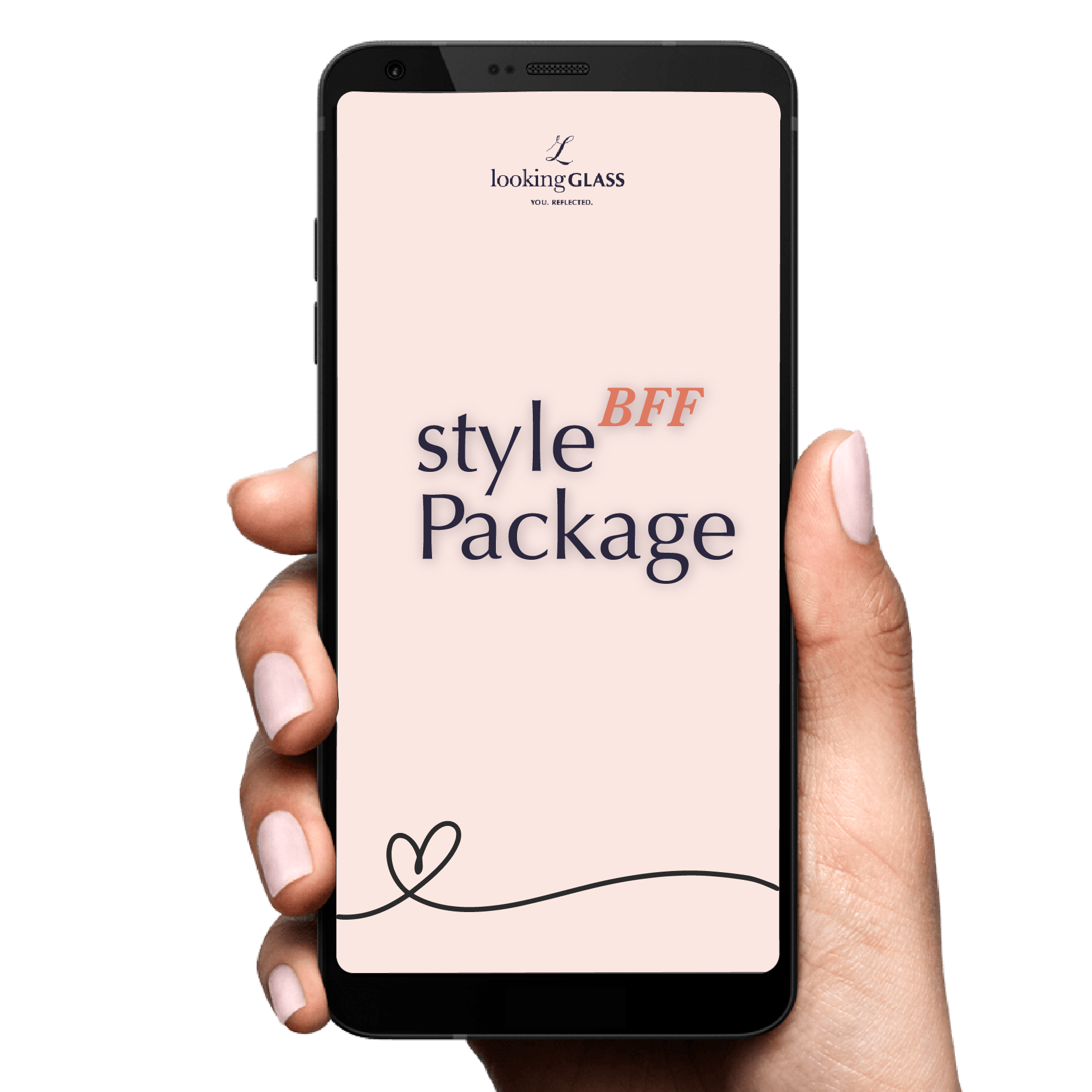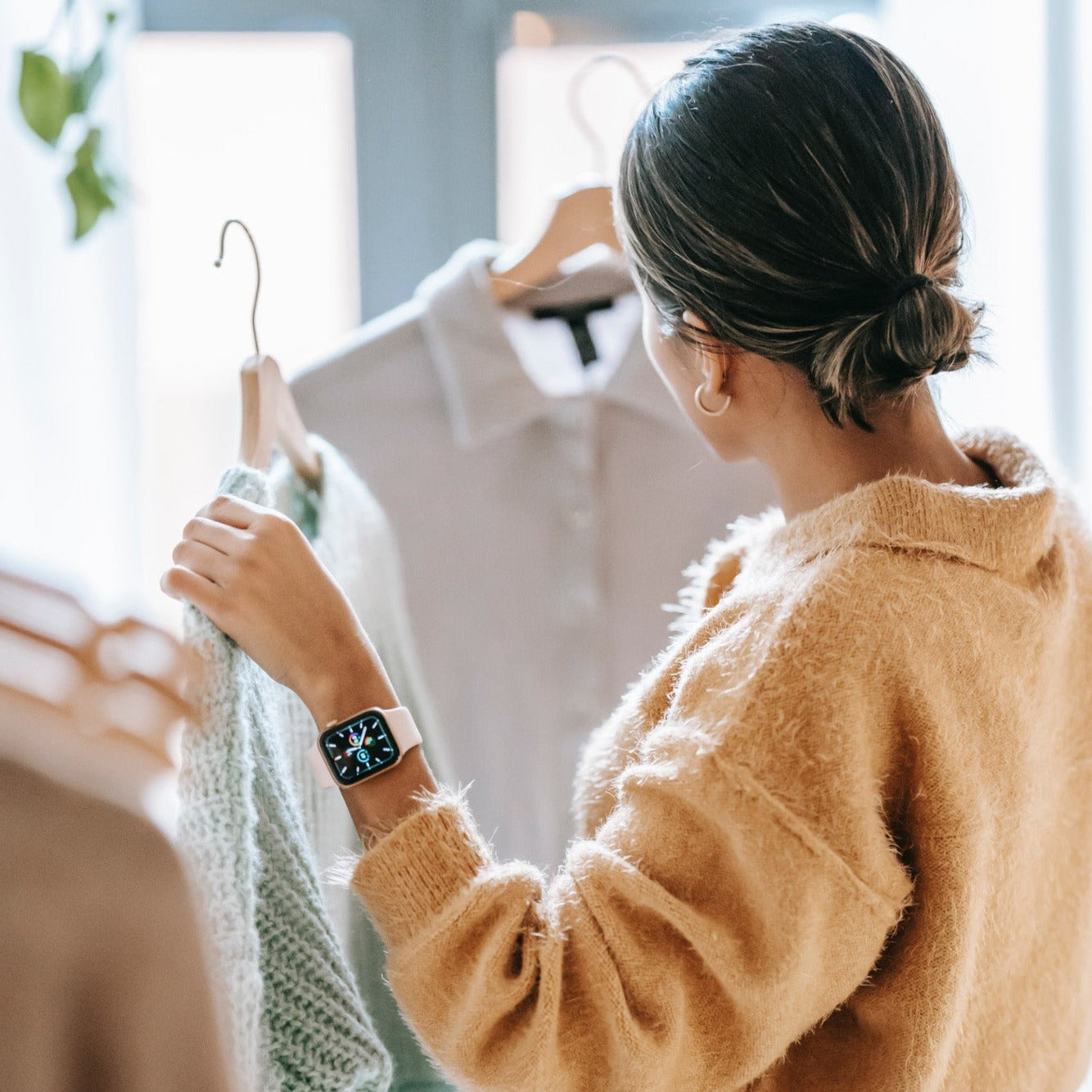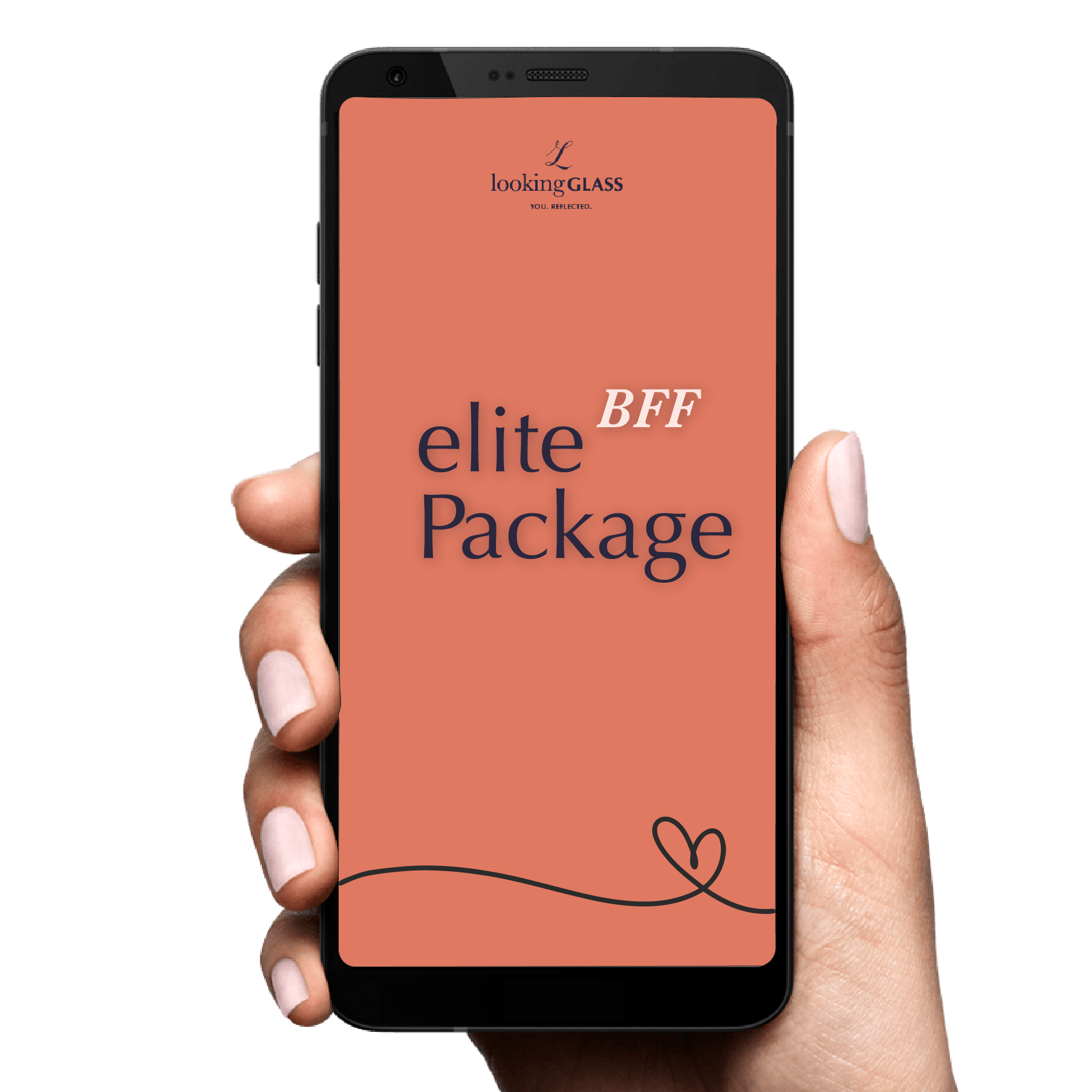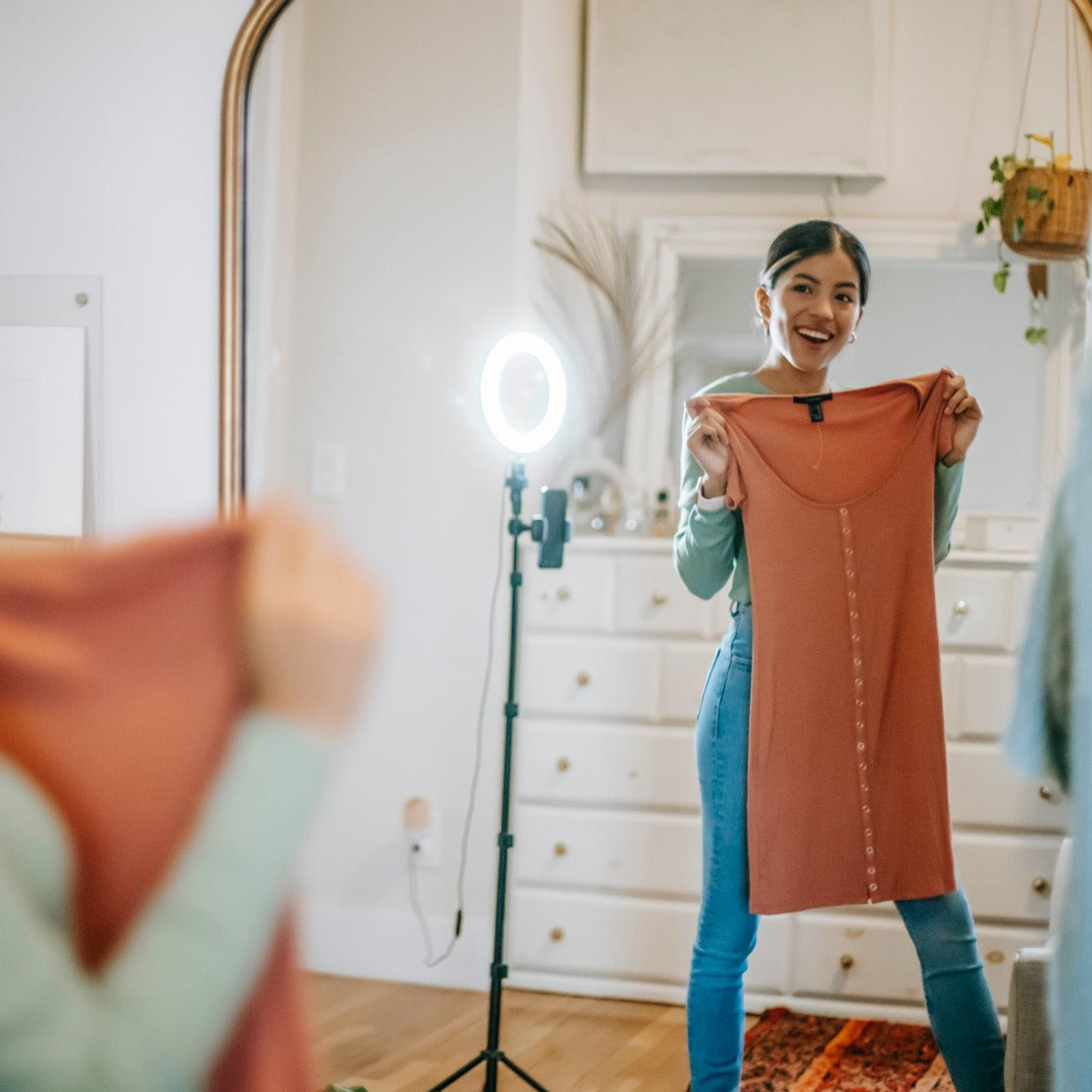Are you tired of fashion fumbles when dressing for big or small occasions? Imagine having a virtual stylist at your fingertips, ready to help you navigate the world of fashion with ease. Whether it's a special event or just a casual day out, a virtual stylist can provide personalized guidance to ensure you look and feel your best. Say goodbye to the stress of outfit planning and hello to a wardrobe that reflects your unique style. With the rise of virtual styling services, you can now access professional fashion advice from the comfort of your own home. Let's explore how virtual stylists can transform your approach to fashion, making every outfit choice a confident and stylish one. No more fashion fumbles just effortless, curated looks for every occasion.
The emergence of virtual stylists marks a significant shift in the fashion paradigm, transforming the way individuals make wardrobe choices for various occasions. These digital assistants harness the power of artificial intelligence to curate personalized recommendations, making fashion accessible and enjoyable for everyone. This thesis explores the impact of virtual stylists on revolutionizing fashion choices, from everyday casual wear to special occasions, by offering convenience, inclusivity, and an enhanced understanding of individual style preferences. As technology continues to advance, virtual stylists are poised to become indispensable tools in the world of fashion, reshaping how we approach and engage with our personal style.
Tailoring Fashion for Every Occasion
A. Discussing the challenges of dressing for different events
Dressing appropriately for various occasions has always presented a challenge for individuals. Each event comes with its own set of expectations, dress codes, and cultural considerations. Choosing the right outfit involves navigating through a myriad of options, taking into account factors such as formality, venue, and personal style preferences. Traditional approaches to dressing often leave individuals feeling uncertain about their choices and, at times, can lead to fashion faux pas. Overcoming these challenges requires a nuanced understanding of fashion etiquette and a keen awareness of the specific demands of each occasion.
B. How virtual stylists cater to diverse occasions (weddings, parties, work events, etc.)
Virtual stylists excel in addressing the challenges associated with dressing for different events. These platforms leverage advanced algorithms to consider the specific requirements of various occasions, offering tailored recommendations that align with dress codes and personal preferences. For weddings, virtual stylists can suggest elegant and formal attire, taking into account the venue and cultural nuances. Similarly, for casual gatherings or work events, these tools provide recommendations that balance style with appropriateness. The ability of virtual stylists to interpret the intricacies of diverse occasions makes them invaluable guides for users seeking to make a positive and stylish impression at any event.
C. Personalization and customization in virtual styling
One of the key strengths of virtual stylists lies in their ability to provide a highly personalized and customizable experience. Users can input their style preferences, body measurements, and the nature of the occasion they are dressing for. The algorithms then generate recommendations that align with the user's unique requirements. Additionally, many virtual stylists allow users to experiment with different looks through virtual try-on features, helping them visualize how a particular outfit will look on their body.
Accessibility and Inclusivity
A. How virtual stylists break down barriers to fashion expertise
Traditional avenues for fashion advice often come with barriers such as cost, geographic location, or limited availability of experienced stylists. Virtual stylists play a crucial role in breaking down these barriers by providing accessible and often free fashion expertise. With just a smartphone or computer, users can access a wealth of styling recommendations and guidance. This democratization of fashion expertise ensures that individuals, regardless of their location or financial means, can benefit from personalized and professional advice, ultimately empowering a wider audience to make informed and stylish fashion choices.
B. Making fashion advice and styling accessible to a wider audience
Virtual stylists contribute to the democratization of fashion by making advice and styling accessible to a broader audience. These platforms cater to users with varying levels of fashion knowledge, from novices to fashion enthusiasts. The user-friendly interfaces of virtual styling apps make it easy for individuals to navigate and receive recommendations tailored to their preferences. This accessibility extends beyond socioeconomic factors, reaching people in remote areas or those who may not have access to traditional fashion consultancy services. As a result, a more diverse and global audience can now engage with and benefit from the world of fashion.
C. Emphasizing inclusivity in fashion choices for all body types, styles, and cultural backgrounds
Inclusivity lies at the core of virtual styling platforms, as they strive to address the diversity of body types, styles, and cultural backgrounds. Traditional fashion standards have often excluded certain body types, leading to limited options for individuals with diverse shapes and sizes. Virtual stylists, however, employ sophisticated algorithms that consider a wide range of body shapes and sizes, ensuring that fashion recommendations are inclusive and suitable for everyone. Additionally, these platforms embrace a variety of styles and cultural influences, recognizing that fashion is a universal language that should resonate with individuals from all walks of life.
By championing inclusivity, virtual stylists promote a positive and empowering approach to fashion. Users are encouraged to celebrate their unique qualities, and the platforms actively work to minimize the perpetuation of unrealistic beauty standards. As virtual stylists continue to evolve, their commitment to inclusivity contributes to a more equitable and representative fashion landscape, fostering a sense of belonging and self-expression for individuals across the spectrum of body types, styles, and cultural backgrounds.
Technology Meets Fashion: AI Algorithms in Action
A. Exploring the role of AI algorithms in virtual styling
The fusion of technology and fashion has given rise to a new era where artificial intelligence (AI) algorithms play a pivotal role in virtual styling. These algorithms are the driving force behind the intelligent capabilities of virtual stylists. They process vast amounts of data, including fashion trends, user preferences, and body measurements, to deliver personalized and relevant fashion recommendations. The role of AI extends beyond mere data analysis; it actively learns and adapts, refining its understanding of individual styles and preferences over time.
B. How machine learning enhances personalization and recommendations
Machine learning, a subset of AI, enhances the personalization and accuracy of virtual styling recommendations. As users interact with the platform, providing feedback on suggested outfits and making choices, machine learning algorithms continuously evolve. They learn from these interactions, gaining insights into individual preferences, styles, and the effectiveness of certain recommendations. This iterative learning process enables virtual stylists to become more attuned to the unique needs of each user, refining their ability to deliver personalized and relevant fashion advice.
These algorithms consider various factors, such as color preferences, fabric choices, and even the context of specific occasions, to provide tailored suggestions. Machine learning ensures that the virtual stylist becomes a dynamic and responsive tool, capable of adapting to evolving fashion trends and individual preferences.
C. Real-life examples of successful AI-driven virtual styling experiences
Pinterest Lens: Pinterest utilizes AI in its Lens feature, allowing users to take pictures of clothing items or accessories and receive personalized style recommendations. The algorithm identifies the items in the images and suggests similar products, making it a seamless and visually-driven virtual styling experience.
IBM Watson and Tommy Hilfiger: Tommy Hilfiger collaborated with IBM Watson to create an AI-powered virtual shopping assistant. The system uses natural language processing and machine learning to understand user preferences and guide them through the brand's catalog, offering personalized styling advice and outfit recommendations.
Vue.ai: Vue.ai is an AI-driven platform that enhances the online shopping experience by providing personalized recommendations based on user behavior and preferences. It uses computer vision to analyze product images, offering style suggestions that align with the user's taste.
These real-life examples illustrate the successful integration of AI algorithms into virtual styling experiences, showcasing the transformative power of technology in the fashion industry. As these technologies continue to evolve, the synergy between AI and fashion is set to redefine how individuals interact with and experience style in the digital age.
Challenges and Ethical Considerations
A. Addressing potential drawbacks and challenges in virtual styling
Overreliance on Technology: The convenience of virtual stylists may lead to overreliance on technology, potentially diminishing the value of human expertise and personal touch in the fashion industry. Users may miss out on the nuanced advice and creativity that human stylists can offer.
Limited Physical Sensory Experience: Virtual styling platforms often lack the physical sensory experience of trying on clothes in a traditional store. Users may miss the tactile aspects of fabric texture, fit, and overall comfort, which are crucial factors in making informed fashion choices.
B. Ethical considerations regarding data privacy and algorithm biases
Data Privacy Concerns: The collection and utilization of personal data by virtual styling platforms raise concerns about user privacy. Ethical considerations include how user data is stored, shared, and whether users have full control over their information. Transparent policies and robust security measures are essential to address these concerns.
Algorithmic Biases: AI algorithms powering virtual stylists may inadvertently perpetuate biases, such as favoring certain body types, styles, or cultural norms. It is crucial for developers to implement measures to detect and mitigate algorithmic biases to ensure fair and inclusive fashion recommendations for all users.
C. Balancing technology with human touch in the fashion industry
Preserving Human Expertise: Striking the right balance between technology and human expertise is essential. While AI algorithms can offer personalized recommendations, human stylists bring creativity, intuition, and a deeper understanding of individual preferences. The challenge lies in preserving and integrating the human touch into virtual styling experiences.
Maintaining Authenticity in Personal Style: Virtual stylists should not override the authenticity of personal style. There is a risk that individuals may conform too much to algorithm-driven recommendations, potentially stifling creativity and the joy of experimentation in fashion.
In navigating these challenges, it is imperative for the fashion industry and technology developers to adopt ethical practices, prioritize user privacy, and actively address biases in algorithmic systems. The ideal approach involves integrating the strengths of both technology and human expertise to create a harmonious and empowering fashion experience for users. As virtual styling platforms continue to evolve, an ongoing commitment to ethical considerations will be essential to ensure the positive impact of technology on the fashion industry and its consumers.
The Future of Fashion: Virtual Stylists Leading the Way
A. Predicting the future trends and advancements in virtual styling
Advanced Personalization: Future virtual styling platforms are likely to offer even more advanced personalization, considering not only style preferences but also individual lifestyles, cultural influences, and evolving trends. The use of AI may extend to predicting users' future fashion preferences based on their evolving tastes.
Integration of Augmented Reality (AR) and Virtual Reality (VR): The integration of AR and VR technologies could provide users with immersive virtual try-on experiences, allowing them to see how garments fit and move in a three-dimensional space. This would enhance the accuracy of virtual styling and further bridge the gap between online and in-store shopping experiences.
Sustainability Focus: Future virtual stylists may increasingly prioritize sustainable and ethical fashion choices. AI algorithms could be programmed to consider the environmental impact of clothing items, helping users make more eco-friendly decisions in their fashion purchases.
B. Potential collaborations between virtual stylists and fashion brands
Co-Creation with Designers: Virtual stylists could collaborate with fashion designers for exclusive collections, allowing users to access unique and personalized designs. This co-creation approach could redefine the traditional fashion design process, making it more inclusive and responsive to individual preferences.
Retail Integration: Virtual stylists may form partnerships with retail brands to seamlessly integrate their platforms into online stores. This integration could enhance the overall shopping experience by providing users with personalized recommendations directly within the context of a brand's catalog.
C. The evolving role of virtual stylists in shaping the fashion landscape
Empowering Sustainable Fashion Choices: Virtual stylists have the potential to play a significant role in promoting sustainable and conscious fashion choices. By educating users about sustainable brands, materials, and manufacturing practices, these platforms can contribute to a more eco-conscious consumer base.
Inclusive Fashion Representation: Virtual stylists can contribute to challenging and redefining beauty standards by promoting diverse body types, styles, and cultural influences. As these platforms continue to evolve, they have the power to shift the industry towards more inclusive and representative portrayals of fashion.
Global Fashion Accessibility: The future of virtual styling may involve expanding its reach to a global audience, considering regional fashion preferences and cultural nuances. This global perspective can foster cross-cultural exchange and appreciation for diverse styles.
As technology advances and consumer expectations evolve, virtual stylists are poised to lead the way in shaping a more personalized, inclusive, and sustainable fashion landscape. Collaborations with fashion brands and ongoing advancements in AI and AR technologies are likely to redefine how individuals engage with and express their personal style in the years to come.
Redefine Fashion
The intersection of technology and fashion heralds an exciting era where virtual stylists stand at the forefront of innovation. As we witness the continued evolution of AI algorithms, augmented reality, and sustainable fashion initiatives, the future promises a more personalized, accessible, and sustainable fashion landscape. The journey towards self-expression through style is now enriched by the seamless integration of technology, inviting individuals to explore, experiment, and redefine their fashion choices in ways never before imagined.
You may also be interested in: Stylist's Guide to Building a Fall Capsule Wardrobe lookingGLASS
Tired of staring at a closet full of clothes and feeling like you have nothing to wear? Our team of expert personal stylists, hand-picked for their diverse style sensibilities, understands the unique challenges real women face. We work magic with clothes you already own, or if needed, hand-pick pieces from our curated collection to build a wardrobe that's as individual as you are.
Book a Personalized Styling Session and watch your confidence soar as you discover your style that flatter your figure and make you feel amazing.









Title